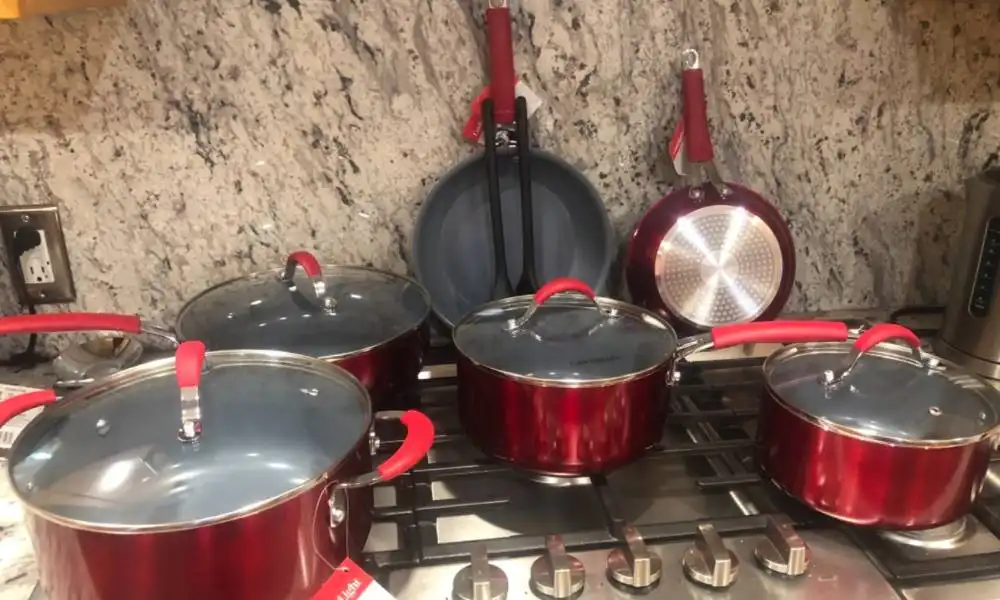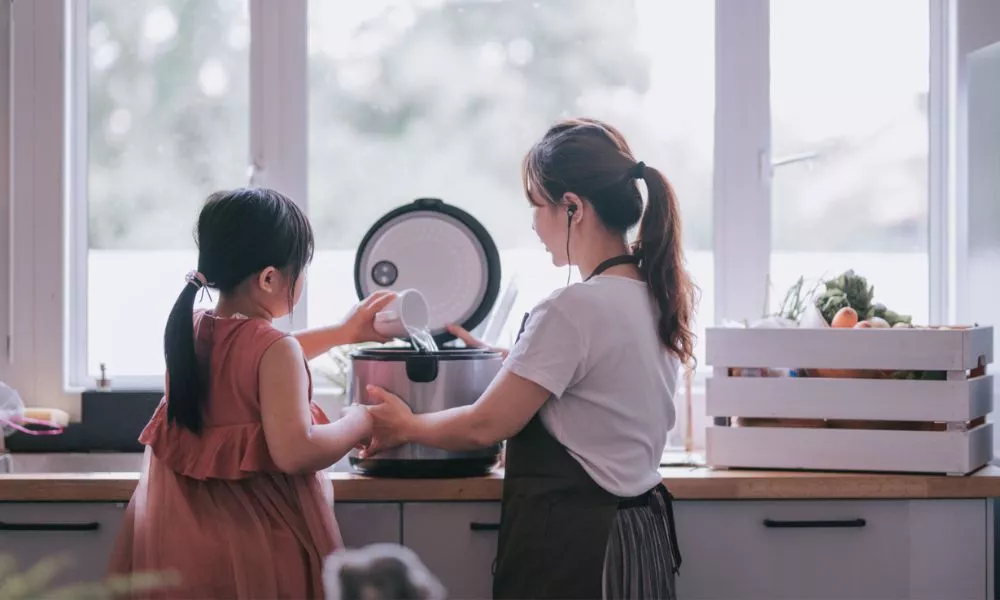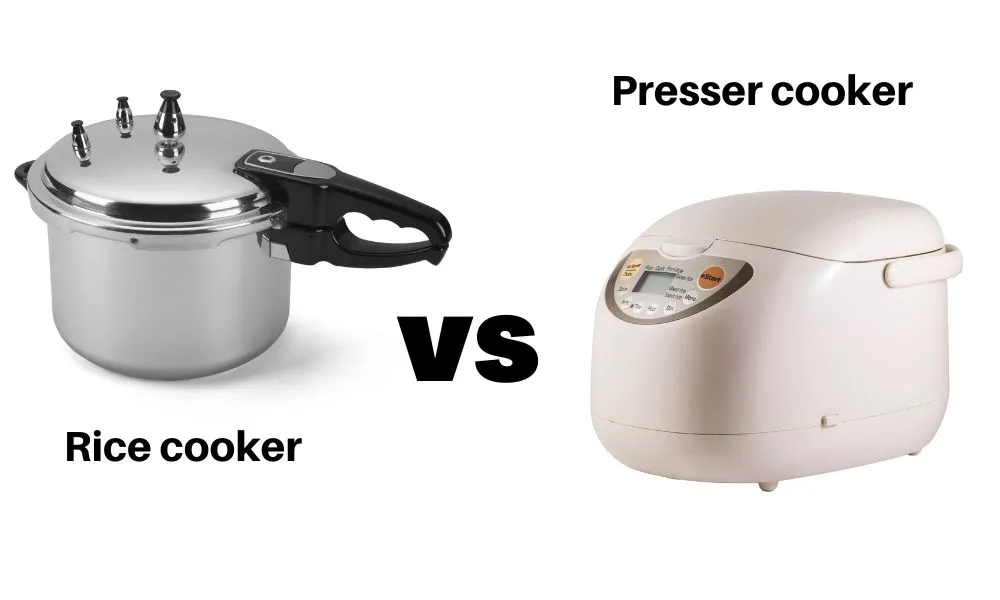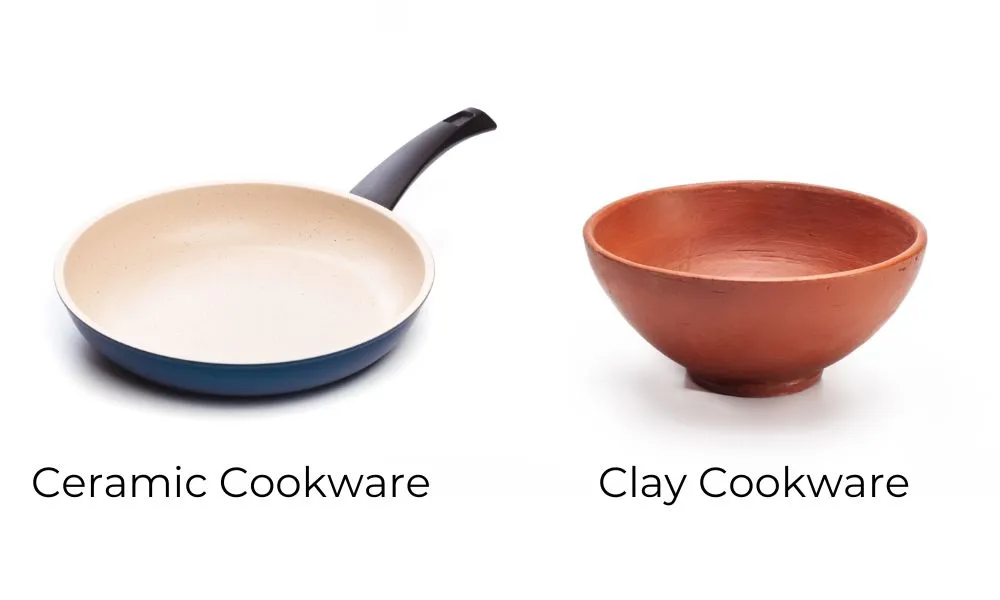Ceramic cookware is a popular choice for many home cooks due to its non-toxic and non-reactive properties. However, cooking with ceramic cookware requires some special techniques to ensure that your food is cooked evenly and your dishes are not damaged. In this article, we will explore various ceramic cookware techniques that can help you achieve the best results in your kitchen.
Whether you are a novice or an experienced chef, understanding these techniques can be invaluable in getting the most out of your ceramic cookware. From seasoning and preheating the pots and pans to knowing which utensils to use, we will cover everything you need to know about using ceramic cookware effectively.
Table of Content
Choosing the Right Ceramic Cookware
Choosing the proper ceramic cookware is a prerequisite to learning the techniques. Ceramic coating quality varies widely; choose a manufacturer known for employing superior components. Find cookware with a heavy ceramic covering that is safe to use and does not include any dangerous substances like lead or cadmium. Verify that the hob is suitable for use with the cookware.
Preparing Ceramic Cookware for Cooking
You need to season your ceramic cookware before using it. The kitchenware should be washed in hot, soapy water and then dried completely. Then, for about five minutes over medium heat, heat a thin layer of oil on the cooking surface. Food won’t stick to the pan as much and can be cooked more easily with this method.
5 Ceramic Cookware Techniques
Technique 1: Searing Meats in Ceramic Cookware
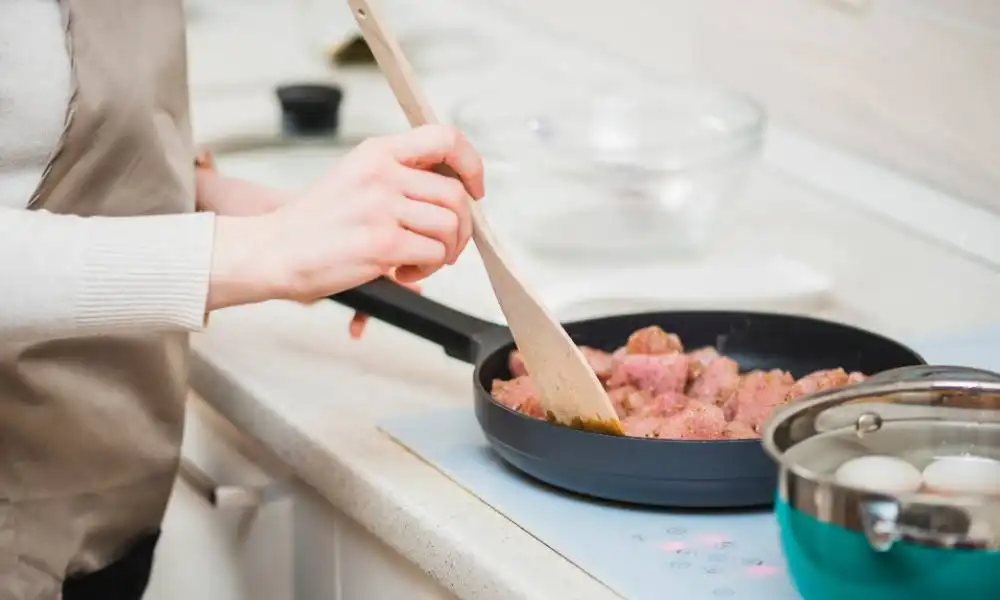
The cooking method known as “searing” is used to achieve a crispy, caramelized crust on the meat. Using ceramic cookware is the best way to sear meat because it offers great temperature resistance and avoids warping or hot spots. Using medium-high heat and a touch of oil, you may sear meat in a ceramic pan. When the oil is ready, add the meat and let it sit for a few minutes without stirring before flipping it over. Continue doing this until the meat is cooked through and has developed a nice brown crust.
Technique 2: Sauteing Vegetables in Ceramic Cookware
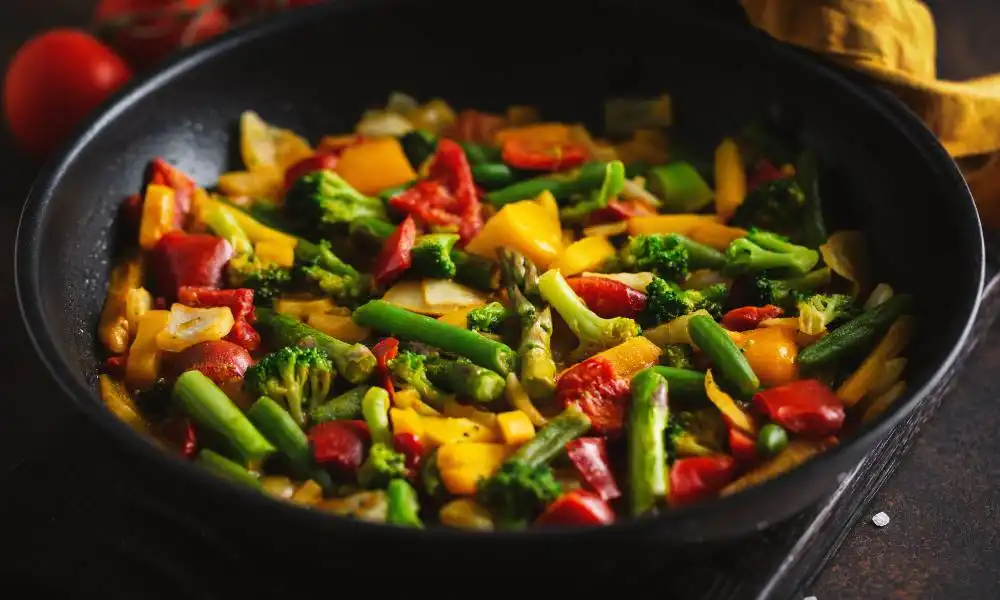
Vegetables retain more of their flavor and nutritional value when sautéed than when cooked in any other way. Ceramic cookware is the best option for sautéing because it heats uniformly and doesn’t react with acidic substances like tomatoes or lemon juice. Vegetables can be sautéed in a ceramic pan by heating it over medium heat and adding a drop or two of oil. Add the vegetables once the oil is hot, and continue to toss them often until they are soft and beginning to brown.
Technique 3: Braising in Ceramic Cookware

Braising is a method of slow cooking that uses liquid to tenderize meat or vegetables. Because of its consistent heat distribution and ability to prevent liquids from boiling over, ceramic cookware is ideal for braising. When using ceramic cookware for braising, heat a tiny amount of oil in the pan over medium heat. Brown the meat or vegetables on all sides once the oil is heated. Then, pour in the liquid and any additional seasonings (broth, wine, etc.). Cover the pan and simmer the meat or vegetables on low heat until they are soft.
Technique 4: Baking in Ceramic Cookware

Baking in ceramic bakeware is ideal due to the material’s consistent heat distribution and high thermal retention. Always use a preheated oven and a small coating of oil or cooking spray when baking in ceramic cookware. Put everything in the ovenproof dish and bake it as directed. Casseroles, baked pasta, and even desserts like fruit crisps and cobblers all bake up beautifully in ceramic cookware.
Technique 5: Making Soups and Stews in Ceramic Cookware

Ceramic cookware’s ability to retain heat and distribute it uniformly greatly benefits soups and stews when cooked in it. When using ceramic cookware, heat the pan over medium heat and add a bit of oil if you plan on making soups or stews. Stir the ingredients and seasonings into the hot oil until the veggies are just beginning to brown. When ready, pour in the liquid and bring to a boil. Let everything cook through and allow the flavors to blend by simmering over low heat.
People Also Ask:
- ways to cook on ceramic cookware
- types of ceramic cookware
- ceramic cookware cooking tips
- ceramic cookware dos and don’ts
- ceramic cookware mistakes
- Ideas for Using Ceramic Cookware
- DIY Ceramic Cookware
Conclusion
The serious home cook highly recommends purchasing ceramic cookware. Ceramic cookware may help you master the kitchen like an expert because to its consistent heat distribution, durability, and easy-to-clean surface. You can feed your family well and save money by using these five methods for cooking with ceramic cookware.
FAQs
Is ceramic cookware safe to use?
Yes, ceramic cookware is safe to use. However, it’s essential to choose a brand that uses high-quality materials and is free of harmful chemicals.
Can I use metal utensils on ceramic cookware?
No, it’s best to use non-metal utensils like silicone or wooden spoons to avoid scratching the ceramic coating.
How do I clean ceramic cookware?
You can clean ceramic cookware by washing it with warm, soapy water and a soft sponge. Avoid using abrasive cleaners or steel wool pads, which can scratch the surface.
Can I use ceramic cookware in the oven?
Yes, ceramic cookware is safe to use in the oven. Just make sure to check the manufacturer’s instructions for the recommended maximum temperature.
How long does ceramic cookware last?
Ceramic cookware can last for several years if cared for properly. Avoid using metal utensils or harsh cleaners, and store the cookware in a dry place when not in use.
